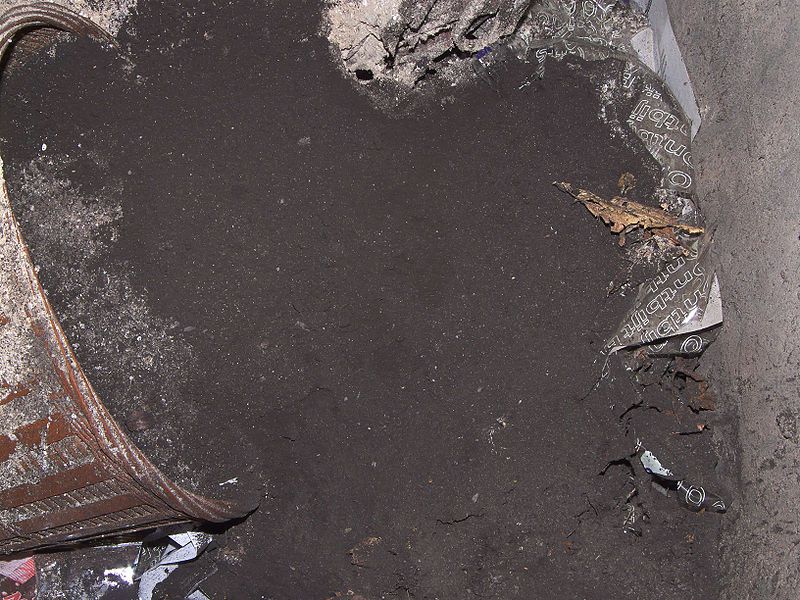-
 Asterism
Asterism
-
 Columbiformes
Columbiformes
-
 Yellow fever virus
Yellow fever virus
-
 Lewis base
Lewis base
-
 Atom
Atom
-
 Colic
Colic
-
 Synapse
Synapse
-
 UMTS
UMTS
-
 Glycerone phosphate
Glycerone phosphate
-
 ERS-2
ERS-2
-
 SHA-1
SHA-1
-
 Syrinx
Syrinx
-
 PALM/STORM microscopy
PALM/STORM microscopy
-
 Estrogen
Estrogen
-
 Feynman diagrams
Feynman diagrams
-
 Equalisation
Equalisation
-
 Boson
Boson
-
 Pre-neoplastic lesion
Pre-neoplastic lesion
-
 Porphyrin
Porphyrin
-
 Cuneiform
Cuneiform
-
 Topoisomerase
Topoisomerase
-
 M65
M65
-
 Curettage
Curettage
-
 Sun-synchronous
Sun-synchronous
-
 Oligomer
Oligomer
-
 Steroid
Steroid
-
 Hippocampus
Hippocampus
-
 Hadal zone
Hadal zone
-
 Natural disaster
Natural disaster
-
 Methanisation
Methanisation
Soot
Soot is a black carbonised deposit with an oily appearance. It is formed during the incomplete combustion of biomass (wood) and fossil hydrocarbons (coal, petroleum).
In smoke from firewood, factories, or exhaust gas, soot is present in a particular state, with a diameter under one micrometer, which classifies it as a PM 2.5 particle.
These soot particles, which are carcinogenic, also adsorb other compounds, such as polycyclic aromatic hydrocarbons (PAHs) and metals. Toxic in itself, soot is therefore also an important carrier of contamination, because the small size of soot particles allows them to reach the pulmonary alveoli.
A recent study (2010) suggests that soot contributes to photochemical pollution by increasing concentrations of ozone during the day.
 Soot removed from a chimney flue after chimney sweeping. © Rasbak, Wikimedia CC by-sa 3.0
Soot removed from a chimney flue after chimney sweeping. © Rasbak, Wikimedia CC by-sa 3.0
Latest
Fill out my online form.



